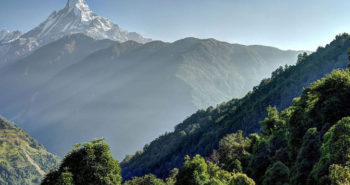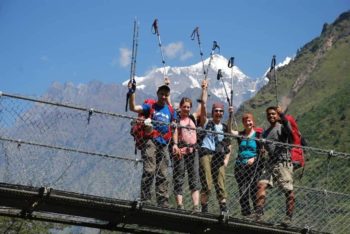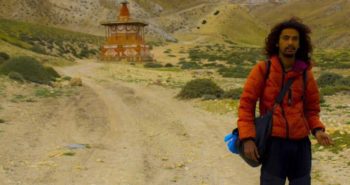25 Things To Do During Everest Base Camp Trek
For many people, doing the Everest Base Camp (EBC) Trek is a once-in-a-lifetime dream come true.
Planning is essential, and preparing your body is sensible when the time for your trek comes near. No doubt you have read a lot of information about the trek: what the weather will be like, how far you will walk every day, where you will sleep at night, etc. Here we are providing some ideas of what to see and expect on the trail, which may be a bit out of the usual and light-hearted. It is one of the most popular treks in Nepal.
It needs lots of effort and planning, and I’m sure you don’t want to regret the things you missed at the end of your trek. I recently trekked to the base camp of Mount Everest via Lukla. On the basis of my experience and the things I have done, here are the lists of crazy things to do during your Everest Base Camp Trek. I’m sure you will enjoy the shortlisted things to do during your once-in-a-lifetime trip.
1. Getting There to Lukla
The old saying that ‘it’s not the destination but the journey’ is true when it comes to trekking in the Everest Region. But in addition, ‘getting there’ is also part of the journey: and you will immediately be introduced to the fact that nothing is ever straightforward in Nepal.
Pretty recently, the departure airport for Everest was changed to a small airport in the east of the country, around four hours of road travel from Kathmandu. Given there is very little accommodation at Ramechhap (which may change over the coming years), and flights leave around 6 am in the morning, getting there requires leaving your hotel in Kathmandu around 1 a.m. The adventure starts here.
2. Bird’s Eye View of Hillary Tenzing Airport
Assuming there were no hitches on the road (landslides or other delays) and your flight left Ramechhap on time, you arrive at Lukla in the early morning. After unloading your gear, you set off towards your first overnight stay at Phakding village. Turn left, head north…then look back.
There is a stunning bird’s eye view of the airport. Rated as one of the most dangerous airports in the world, when you view it from this angle, you get a clearer picture of why.
3. Buy a blessing scarf (Khada) and tie it on the suspension bridge you pass by
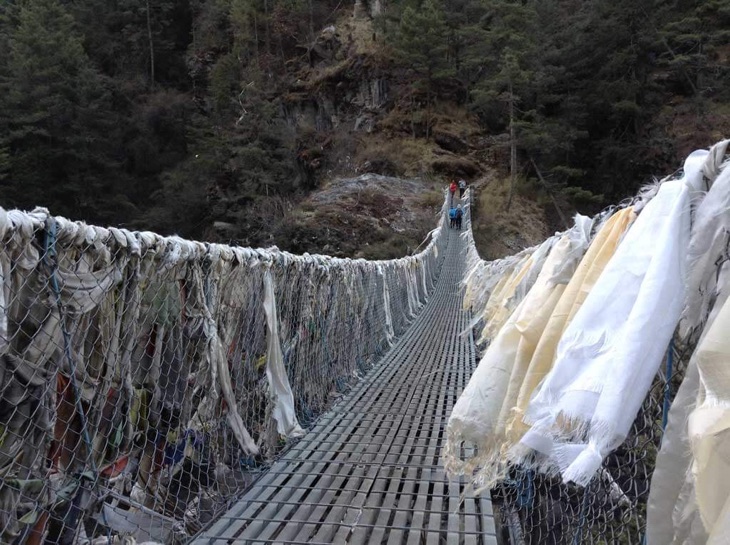
Khata scarfs are long thin pieces of a silk-like material, usually white in colour. They have an auspicious meaning to Buddhists. You might have received one on your arrival at Kathmandu airport. They are available to buy everywhere and are inexpensive.
Tie a scarf to the suspension bridges as you cross them. There are five between Phakding and Namche Bazaar! The Sherpas believe this is a sign of good luck. And they do look very pretty, blowing in the wind.
4. Hike to Everest View Hotel | Order your cup of tea and enjoy the view of Everest right in front of your table

You might have seen adverts for helicopter rides, ‘ Breakfast on Everest.’ You, too, can enjoy that breakfast or at least a cup of tea or coffee with the same view.
Since you will be staying two nights in Namche Bazaar to acclimatize to the altitude, there is time to walk to the Everest View Hotel (approximately 1 hour away) for the stunning view of Everest from the dining room or outside terrace. Best cup of tea ever!
5. Enjoy the daily morning and evening praying ceremony in Tengboche Monastery
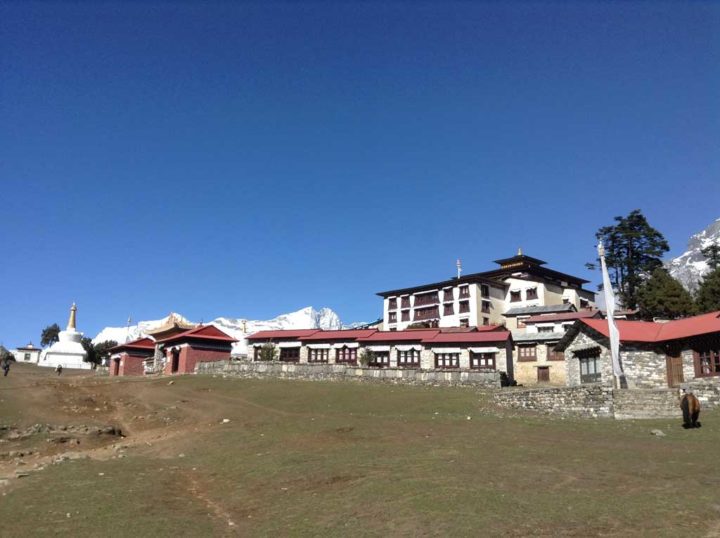
The highest monastery in the region is found at Tengboche. As with other monasteries, pujas (ceremonies) are held every morning and evening when the monks come together in prayer.
Since you will be staying one night in Tengboche village nearby, you may have the opportunity to attend one of these pujas. This is a serene affair and well worth joining if you have the time. Otherwise, you can also light prayer lamps (candles) during worship.
6. Buy rolls of prayers flag and place them on top of the pass you pass by
Prayer flags are different from Khata scarfs. Buddhist prayer flags have colors representing different elements: white for air, green for water, red for fire, blue for wind, and yellow for earth. You will see these colourful flags all over the Everest Region and in places like Boudha in Kathmandu. You can buy some rolls of smaller ones and place them when going over passes, such as the Chola Pass or Renjo La Pass. You will also pass memorials to climbers who died on the mountains; prayer flags can be placed there, too, in remembrance.
7. Photographing the Signboard ‘Way to Everest.’
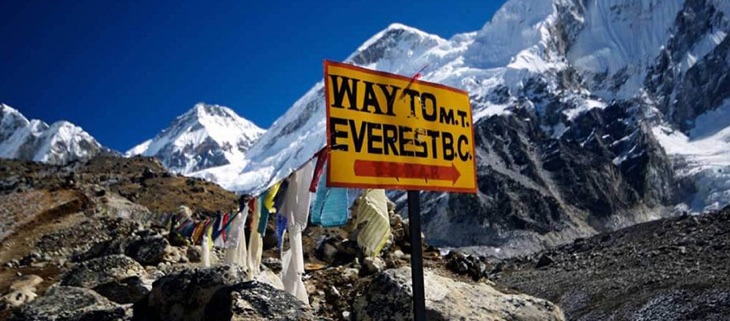
At Gorakshep, you will find the iconic ‘Way to Mt Everest Base Camp’ sign. Great, if very popular, Instagram picture!
8. Take a selfie on top of Kalapatthar | If you don’t have a selfie stick, at least ask others for next to nothing
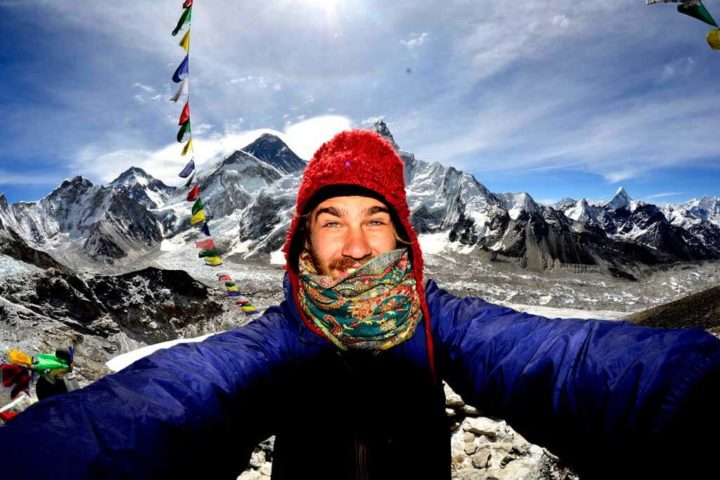
No doubt you are going to take a lot of selfies! Don’t forget to take one on top of Kalapatthar. This is the highest vantage point on the EBC Trek and is worth a dozen selfies!
9. Explore Sherpa Museum | Sagarmatha National Park Headquarters
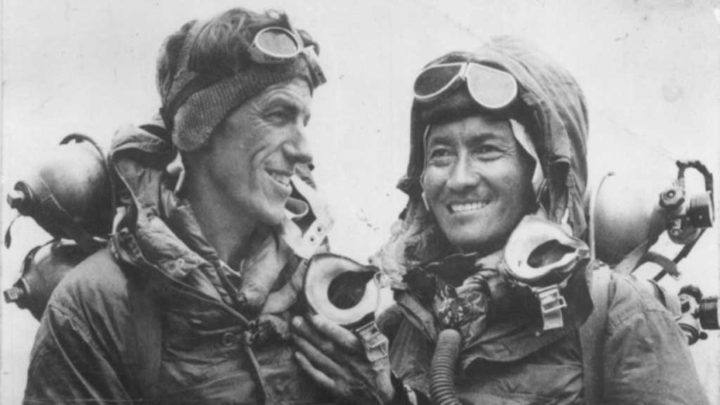
Something you may prefer to do on the way up to base camp, but it can be done on the way back if you have time: east of Namche is the Sagarmatha National Park Museum and, further on, the Sherpa Museum. Great views of Everest and Lhotse from here, and a statue of Babu Chiri Sherpa (June 22, 1965 – April 29, 2001). A trailblazer and record holder on Everest. Google him with the wifi in Namche and take a selfie with his statue.
10. Rotate all prayer wheels along the way | Pass via the right side of the Mani Wall
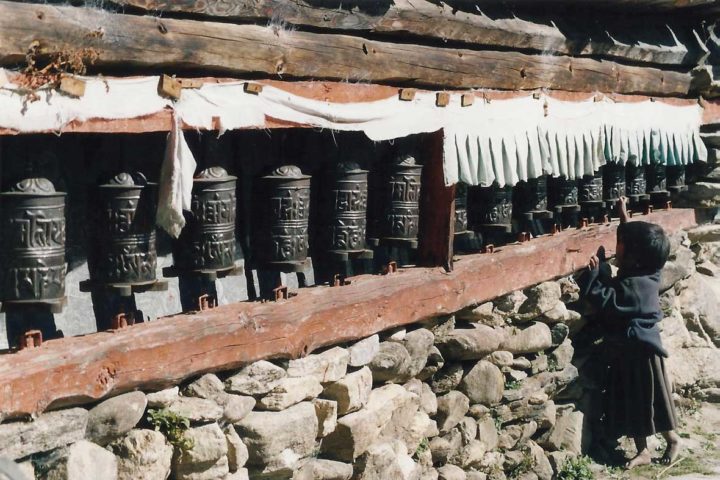
Throughout the region, you will see mani walls with prayer wheels. Spinning the wheels brings good fortune and sends prayers and wishes to heaven. Always walk on the right-hand side of the prayer wheels, spinning them in a clockwise manner.
11. Watch the documentary at 3:00 o’clock in Namche | Café 8848 or Café Danphe Bar
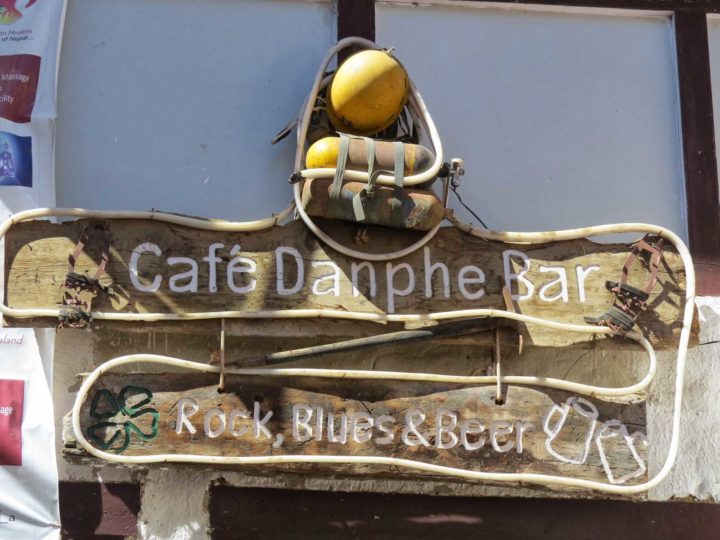
A film is shown every day at 3 pm. Usually, a documentary about Sherpa’s lives, climbers, and mountaineering. ‘Into Thin Air’ is popular. Popcorn is served, so settle in and relax for a couple of hours. Best to book ahead for Café Daphne Bar as it can get busy!
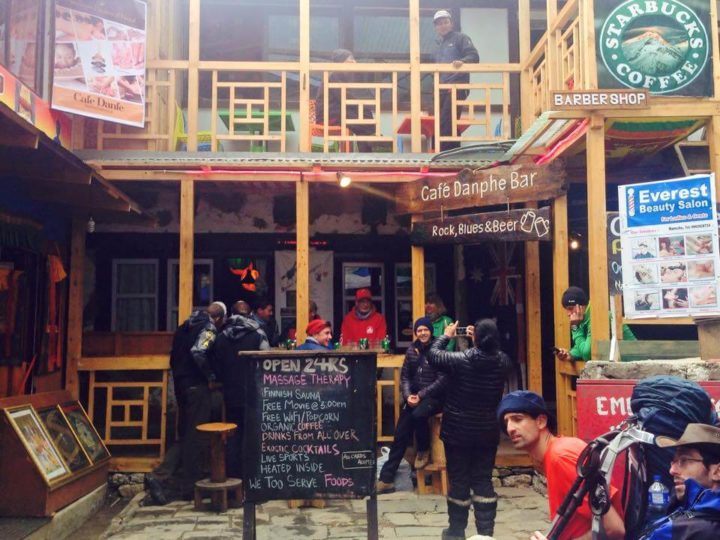
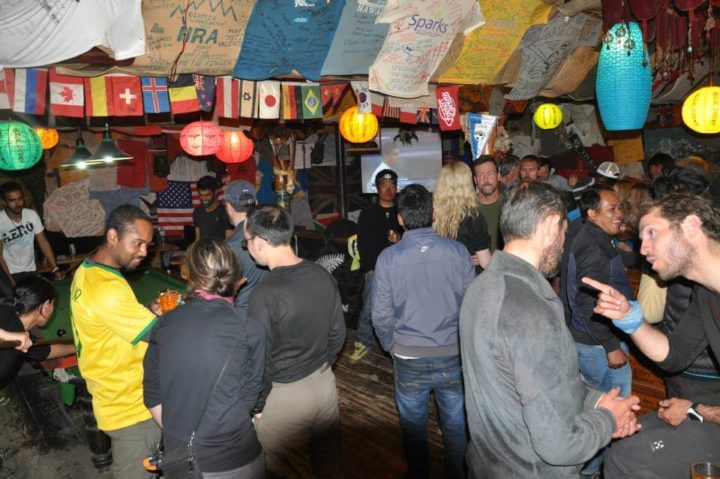
Every day in Namche, at local time 3:00 o’clock, the entire bar hosts a movie show. Mostly, it is a documentary about Sherpa and Mountaineering. The big movie screen can be enjoyed with some drinks and popcorn. Look for a bar showing “Into Thin Air,” and you can enjoy the most sold mountaineer’s blogs visually. Better reserve your arrangement in advance at the “Café Danphe Bar, “where you can enjoy a free pool table and popcorn.
12. Try Hot Belgium Wafers in Namche Bazar

Tired of trekking food? Although the trekking lodges serve great food, at times, we need something a bit different. There is a shop selling hot Belgium wafers and coffee just in front of the Sagarmatha Pollution Control Committee office. Ask for directions.
13. Buy the accomplishment certificate at the checkpoint below Namche
At the exit checkpoint of Namche, the guard will most likely ask if you want an accomplishment certificate. Don’t miss the opportunity – you might not be back! For around USD 4, get your name, country, and journey dates written onto a certificate. They will also tick off the places you have visited. Show that skeptical friend at home!
14. Build stone piles whenever you can
You will see dozens of stones piled on each other as you move along the trails. These are kilns or small stupas that send prayers to god to protect the builder on the trail. Another belief is that the stones can be used in the person’s next reincarnation. More usually, like in other countries, these stone kilns mark the route when the weather reduces visibility.
15. Check your oxygen level at Namche or Pheriche, or Dingboche
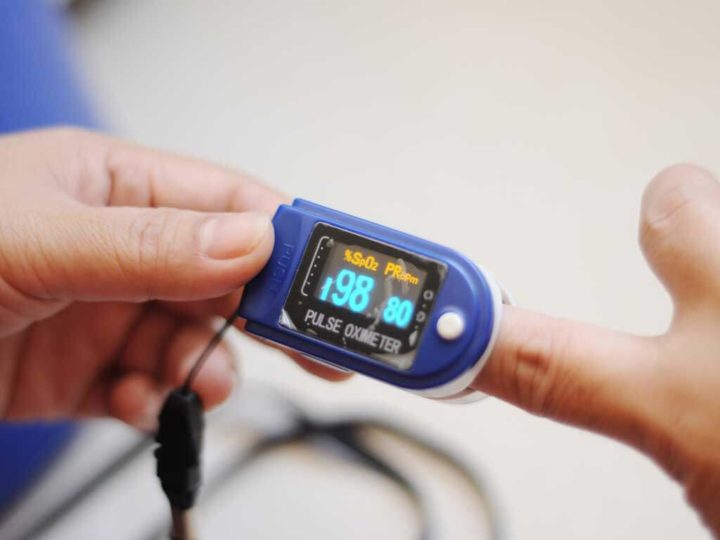
You can get your oxygen level checked at the HRA office in Pheriche. There is a talk every afternoon at 3 pm on altitude-related topics. Interesting to check your levels on the way up and then on the way back. Did you see any changes?
16. Visit the visitor center at Monjo | entrance of Sagarmatha National Park
There is a small office at the entrance of the National Park in Monjo. There is a small visitor room inside the building. An aerial sample of the entire Khumbu Valley is demonstrated in the 3D model. Apart from that, there are several pictures on a wall through which you can build some ideas regarding Khumbu and Sherpa People.
17. Leave Your Mark at EBC
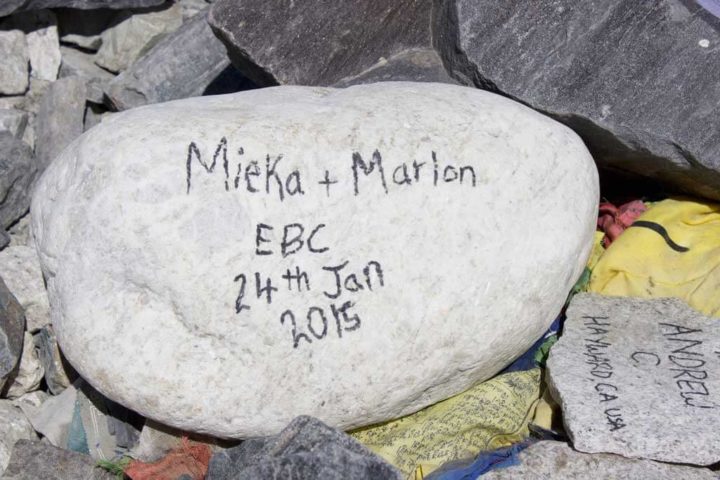
You can write your name on one of the many stones washed down by the Khumbu Icefall and glacier. Your picture will last a lifetime, but we can’t guarantee where your stone will end up. Glaciers move, albeit slowly!
18. Let’s keep Khumbu Clean
Please use the designated garbage dumping sites or take your rubbish back to Kathmandu in order to keep the Khumbu clean. Encourage others to do their part too.
19. Take a picture of your puppet with Everest in the background
If you have your puppet, then take it along with you to Everest Base Camp and Kalapatthar. Take a picture of it with Everest in the background.
20. Follow the old bridge route below Namche on your way to Lukla
There are two different bridges between Lukla and Namche. We don’t recommend you follow the old trail on your way up because of the many ups and downs. But on the way down to Lukla again, you can follow the old bridge route for some variety.
21. Try to get your seat on the left row on your flight to Lukla and right on your flight back to Kathmandu
The Himalayas are on the northern border of Nepal. So when you fly from Kathmandu to Lukla, you need to stay on the left row. Similarly, on your way back to Kathmandu, sit on the right row. During clear weather, you will enjoy the view of the Himalayan ranges.
22. Donate to Pasang Sherpa for road construction
Between Namche and Kyanjuma, you will spot an old man with a donation box and some signboards. Read the information in your own language or English, and please donate at least a dollar that is nothing for you. Despite the government’s failure to construct a good hiking road in the Khumbu region, Pasang Sherpa locally maintained the trail in Khumbu.
23. Try unauthorized Starbucks Coffee at Lukla
There is no Starbucks in Nepal. But in Lukla, just next to The Irish Pub, you will be greeted by a signboard stating ‘Starbucks Coffee Lukla.’ Why not try some and compare them to the real deal?
24. Remember, STD doesn’t stand for Sexually Transmitted Disease | Instead, it’s a phone booth with some telephonic abbreviation
No, we are not implying you will catch a sexually transmitted disease on the trek. Instead, STD in Nepal means Standard Telephone Directory. It is the location where you can make landline phone calls. You will see this sign at bakeries and lodges with landphone line shifts
25. Gifts
Finally, we suggest you do not give anything to the local children as it encourages begging. There are schools and organizations where you can donate. Please ask us or your guide about these. That said, guides and porters expect to be tipped, so bring money for them.
Enjoy the Experience!
And finally – enjoy your time on the Everest Base Camp Trek. Take home lots of memories and photographs. And hopefully, come back again!
